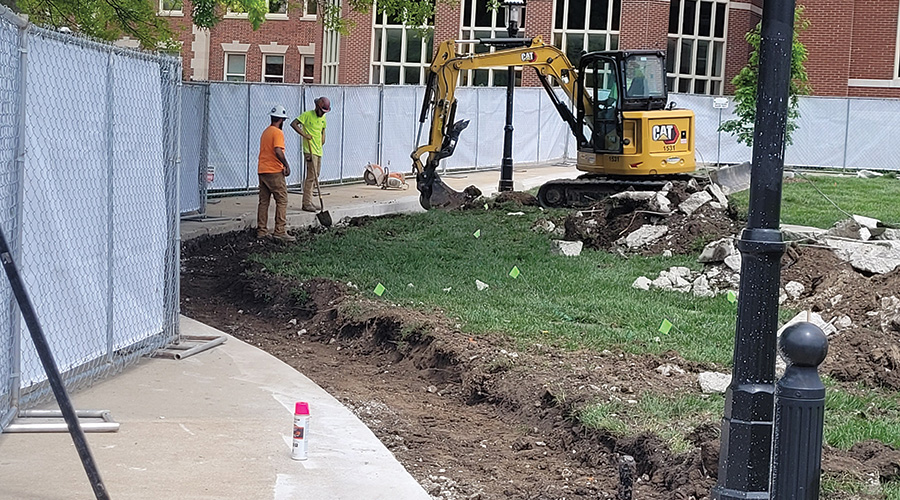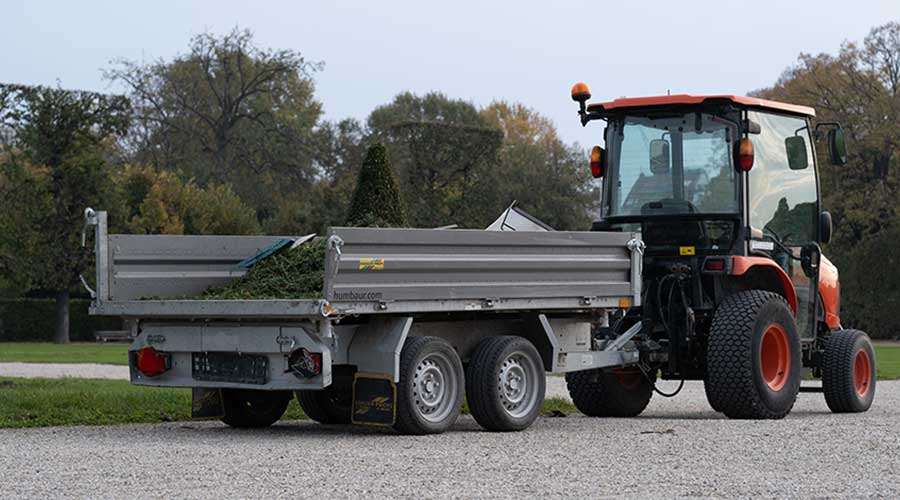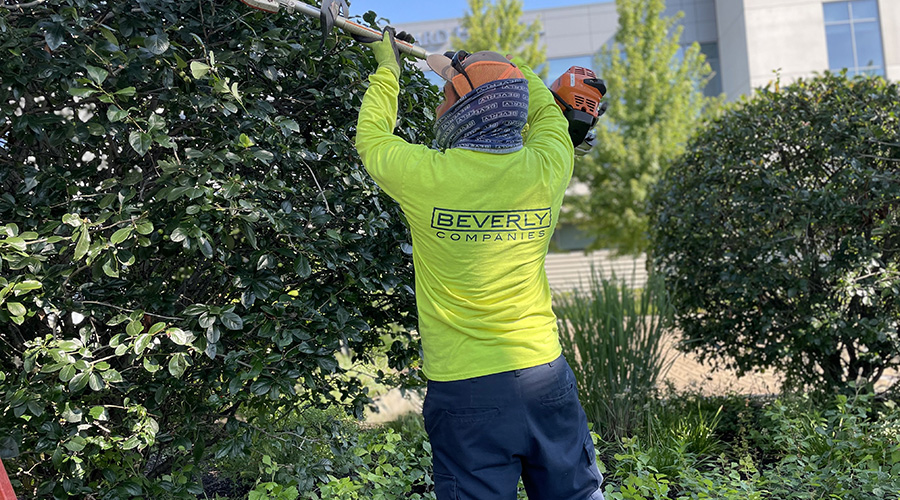How To Develop an Integrated Pest Management Program
ISU uses several methods of pest management for turf and trees, based on location, use, and campus needs.
O’Grady’s department divides the campus into maintenance levels. Workers tend to do more fertilizing, irrigation and pest control in areas where appearance is a priority.
“However, the majority of the campus is at a lower-level maintenance, where we are concerned with maintaining a neat appearance and the health and safety of our staff and students,” O’Grady says. “We are strong believers in using an integrated pest management (IPM) program for control of pests on campus and have been for almost 20 years.”
The goal of IPM is to use proper cultural practices and a variety of control techniques, rather than relying solely on pesticides. These practices include scouting to identify pests, manual removal of pests where appropriate, and the establishment of a tolerance threshold for pests.
The proper and judicious use of pesticides also is part of the IPM approach. But the ISU grounds department opted several years ago not to use any carbamate organophosphate insecticides or phenoxy herbicides for turf management on campus.
Related Topics:















